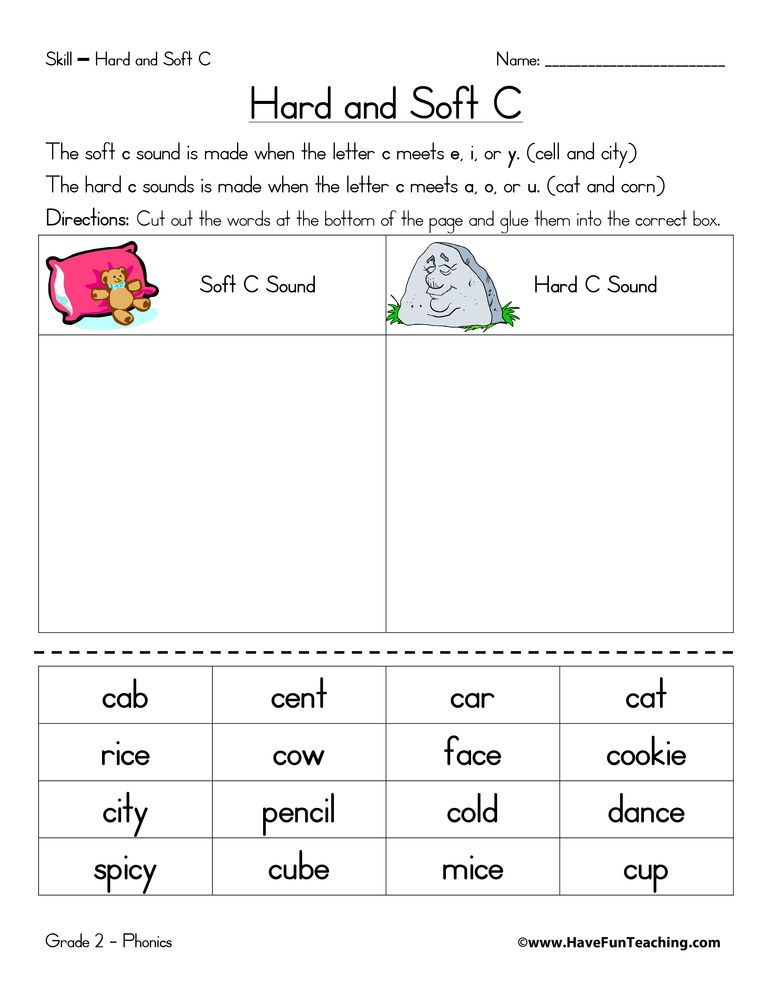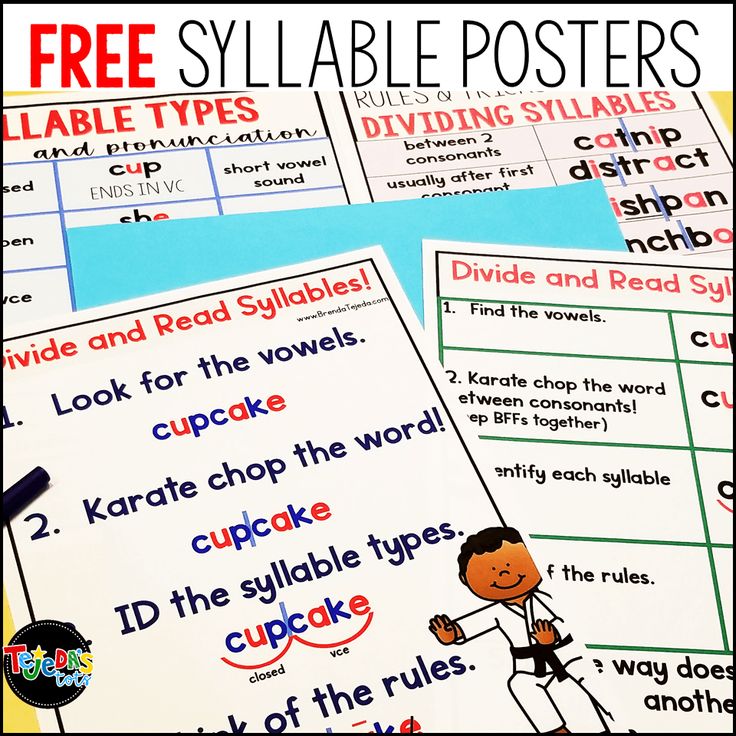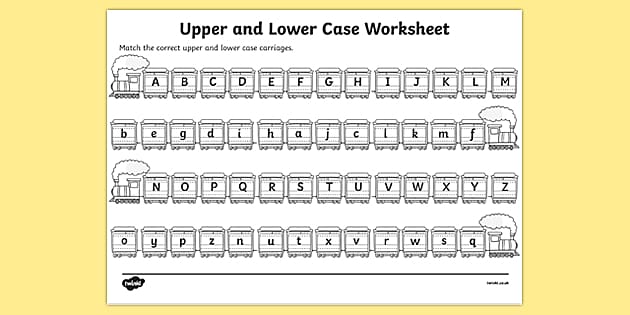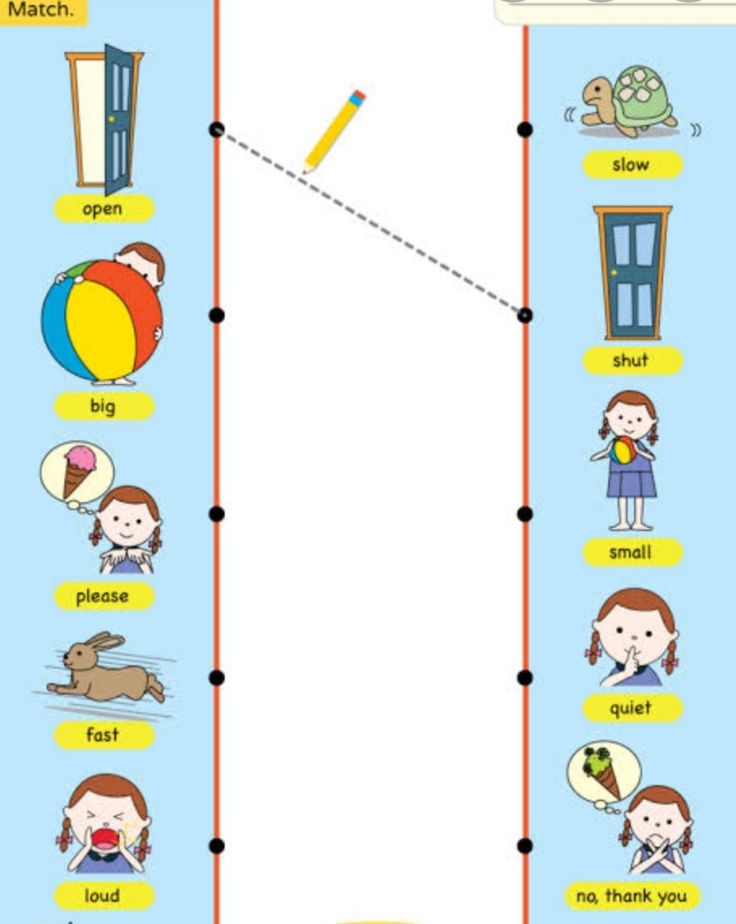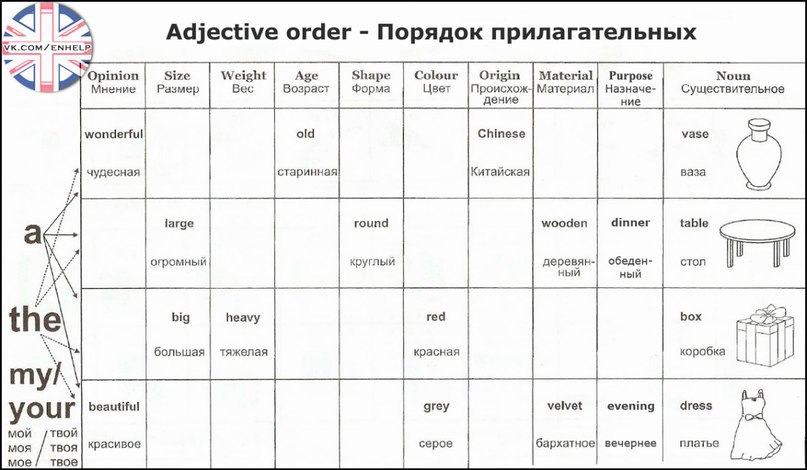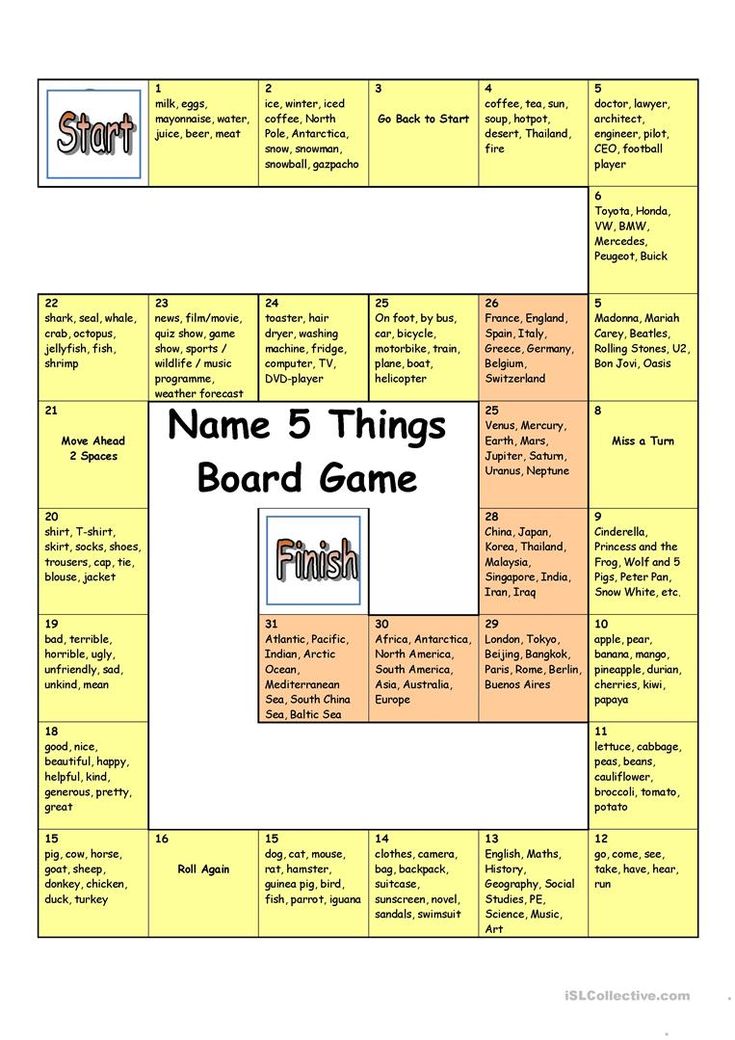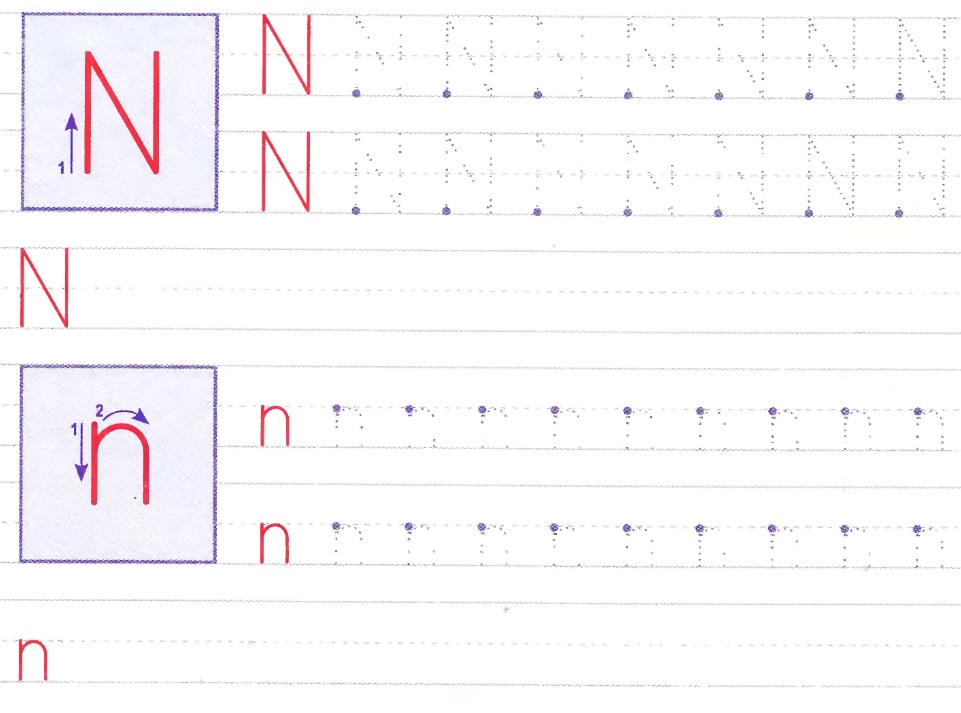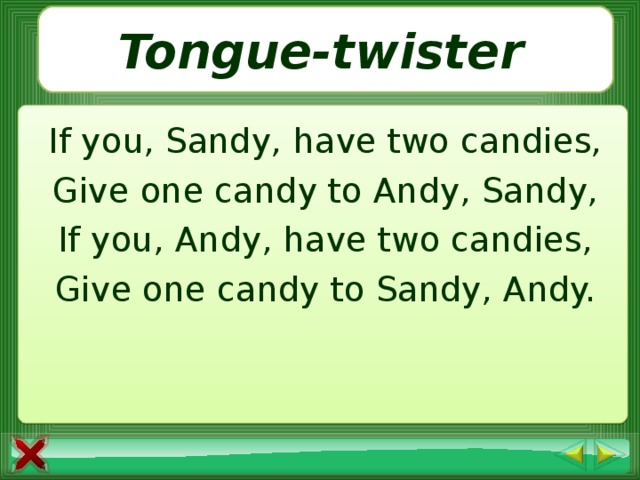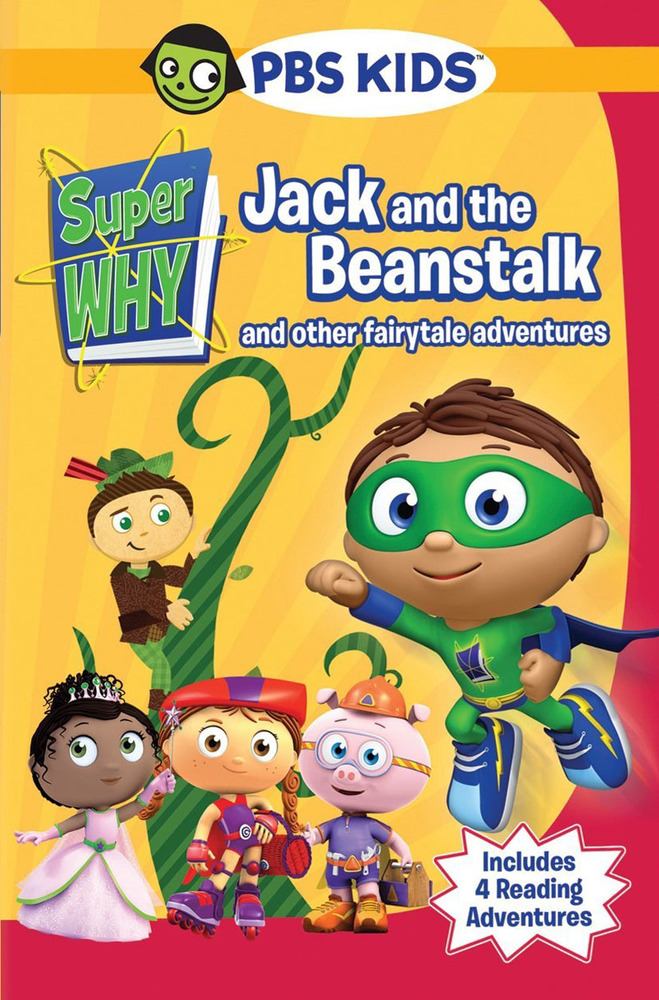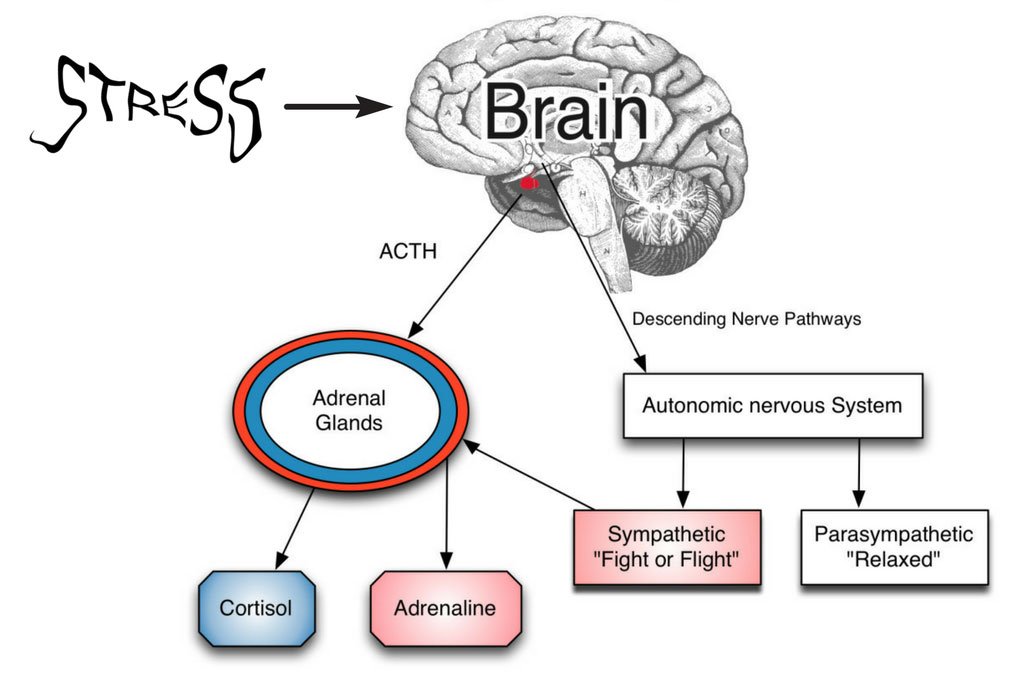Math books preschool
The Big List of Preschool Math Books
Preschoolers are like sponges eagerly awaiting to soak in new concepts and facts. Hands-on activities are the number one way that little ones make sense of new things. But, listening to great preschool books for kids enriches those experiences. Today we are exploring preschool math books.
This list is a little heavy on counting books. I couldn’t help myself. There are so many neat ones.
Preschool Math Books
Full Disclosure: This post contains affiliate links.
Counting
Stack the Cats by Susie Ghahremani is a playful counting book that kids will love to act out during or after reading.
Counting Crocodiles by Judy Sierra is the tale of a clever monkey who is trying to get from one island to another. He’s clever counting is the perfect way to trick the crocodiles into helping. Kids will practice counting to ten and back. Plus, the book is full of rhyme to build literacy skills too.
Jan Thomas is one of my favorite writers for super silly and highly engaging books for preschoolers. Is That Wise, Pig? will have the kids laughing and counting up to ten.
Ten Black Dots by Donald Crews is a classic counting book and it can also extend into an art activity.
Counting forward and backward book is The Deep, Deep Puddle by Mary Jessie Parker. My preschoolers adore this book. It’s very silly and fun.
So, Countablock by Christopher Franceschelli is just a cool book. I’m a fan of his Alphablock and Cityblock. The numbers are bold and it can be used for counting too. It counts to 10 and then switches to counting by tens up to 100.
For more counting books, check out our Counting Books in the Garden.
One to One Correspondence (up to 10)
Kids will love to see if each animal can be paired with an item in One Big Pair of Underwear by Laura Gehl.
The classic The Three Bears by Paul Galdone also works for one to one correspondence.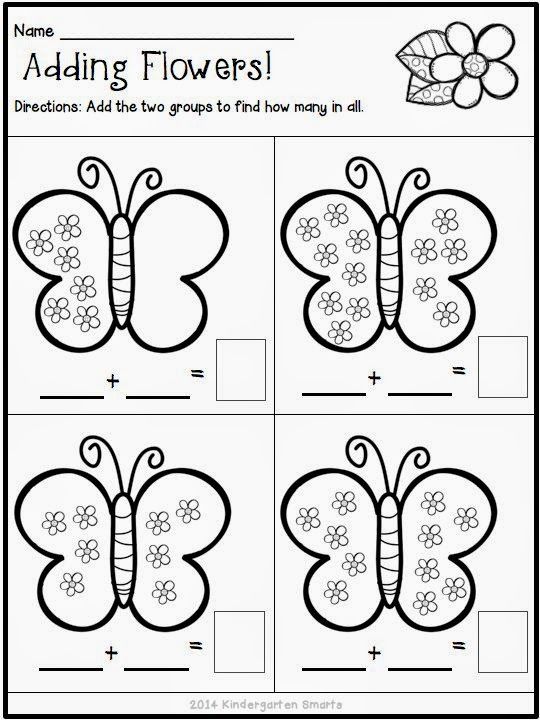
Ducks Away! by Mem Fox works for one to one correspondence, counting, and basic addition sentences. A perfect spring read.
Measuring
The Best Bug Parade by Stuart Murphy uses bugs to talk about measuring. Kids will enjoy lining up different things to measure after reading.
Greater Than/Less Than
Peg + Cat The Lemonade Problem by Jennifer Oxley and Billy Arnonson is full of math concepts but it works well for preschoolers to compare numbers.
The Long and Short of It by Cheryl Nathan compares the length of things such as tongues and tails.
Simple Addition and Subtraction
Quack and Count by Keith Baker introduces a little addition practice as we watch a little group of ducklings moving around.
I have not met a preschooler yet who doesn’t love Pete the Cat. In Pete the Cat and His Four Groovy Buttons by Eric Litwin children are introduced to very basic subtraction that begs for you to pull out buttons to use as manipulatives to solve basic subtraction sentences.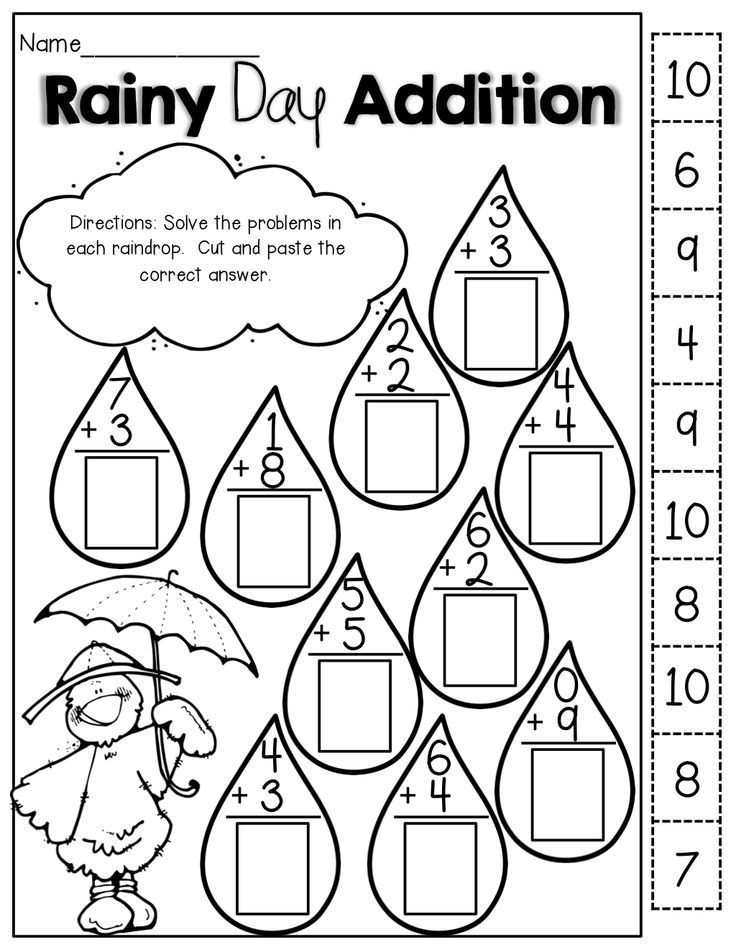
Preschoolers who love dinosaurs will enjoy Ten Terrible Dinosaurs by Paul Stickland. You can use the book for counting backward from 10 or create subtraction sentences as you read.
Ten in the Bed by Penny Dale is another one to use for counting backward or creating subtraction sentences as you read. Plus, it’s a fun one to sing with the kids.
Shapes
Roseanne Thong wrote Round is a Tortilla which teaches about shapes using many items from the Latino culture. Thong also has Round is a Moon Cake.
Mouse Shapes by Ellen Stoll Walsh works on shapes and colors. Check out the Mouse Shapes name activity we created to compliment the book.
Shapes, Shapes, Shapes by Tana Hoban contains photographs of objects all around us. It’s a good one for encouraging kids to look around and find objects that are different shapes around them.
Get kids up and moving with this sing-along book about shapes called The Shape Song Swingalong by Steve Songs.
A good choice for independent exploration in a math center would be Shapes by John Reiss.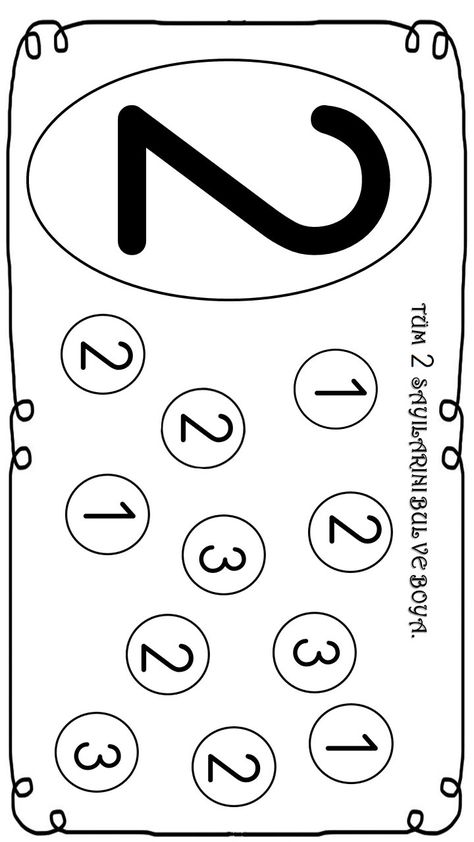
Sort and Classify
Do you remember digging through your grandmother’s button box? My boys sure love to dig into their grandma’s box. The Button Box by Margarette Reid is the perfect simple story to introduce sorting and classifying. It’s perfect for pairing with a tub of buttons for the kids to explore.
Sam Sorts by Marthe Jocelyn follows Sam as he straightens up all the stuff in his room. What do you do when an object can be placed in more than one group?
A Pair of Socks by Stuart Murphy begs you to bring in a basket of socks for the kids to sort and match.
Size
Is it Larger? Is it Smaller? by Tana Hoban uses the power of her photography to take kids on a visual journey of comparing the sizes of different objects. It’s a great book to add to a math center and let kids explore on their own.
Patterning
The photographs in National Geographic books are always great. This simple board book called National Geographic Kids Look and Learn: Patterns! will be a visual treat for preschoolers exploring patterns in their environment.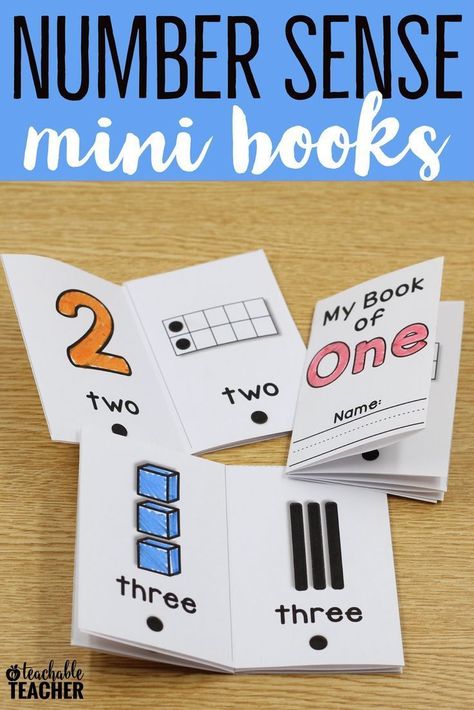
Help kids discover and make patterns in A-B-A-B-A A Book of Pattern Play by Brian Cleary. Patterns can be created with shapes, colors, sizes, and more.
Position of Objects
In Rosie’s Walk by Pat Hutchins, we follow the hen as she takes a stroll and is followed by a hungry fox. The short story is full of positional words.
100th Day of School Books
Rocket’s 100th Day of School by Tad Hills is an easy reader, but preschoolers will enjoy seeing Rocket and talking about the 100th day of school.
For 10 more books about the number 100 check out this list from Childhood 101.
Build math concepts with this engaging preschool math books.
Printable Math Book List
Grab a printable list of the books shared above. Just click the button below.
And for more great preschool book lists, check out these favorites.
Chapter Books to Read-Aloud to Preschoolers
Giant List of Popular Books for Preschoolers
Science Books for Preschoolers
Math Books for Preschool - Preschool Inspirations
Use math books for preschool to help children learn important math skills through storytelling.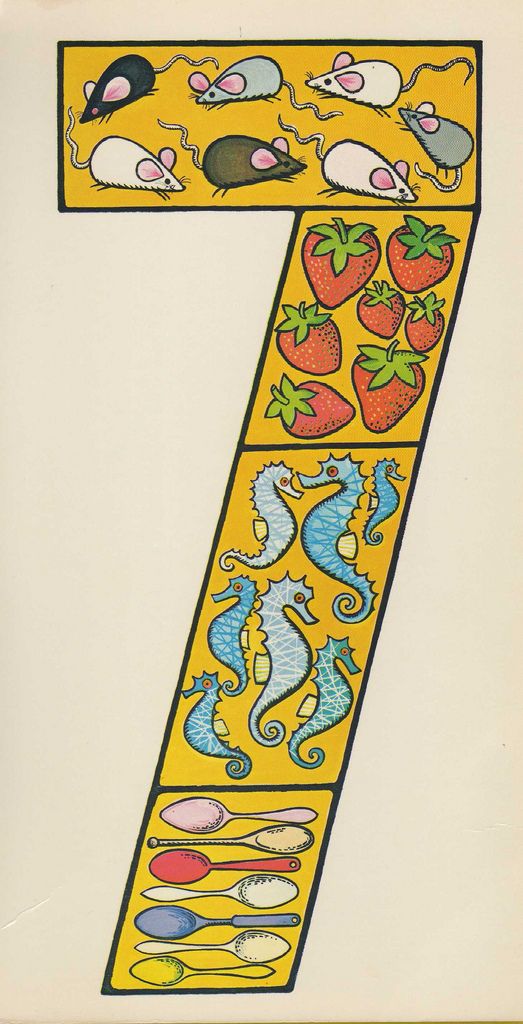 Children naturally gravitate towards stories and they take away so many important lessons and skills by looking at the pictures and making connections to the words read aloud. They can be used to teach counting, patterning, measurement, addition, and so much more!
Children naturally gravitate towards stories and they take away so many important lessons and skills by looking at the pictures and making connections to the words read aloud. They can be used to teach counting, patterning, measurement, addition, and so much more!
We have put together a list of fantastic math picture books that will help your preschoolers learn about math! Topics include:
- Books about Colors
- Shape Books
- Sorting Books
- Counting Books
- Measuring Books
- Patterning Books
Need a great math activity? Grab some of our free ten-frame counting cards? Just fill out the form below to grab the dinosaur set! We also have them in many other themes including outer space, valentines, winter, gingerbread, and more!
Color Books for PreschoolRed, green, or blue – learning colors is fun to do! These math books for preschool teach color recognition and color names in a fun and engaging way.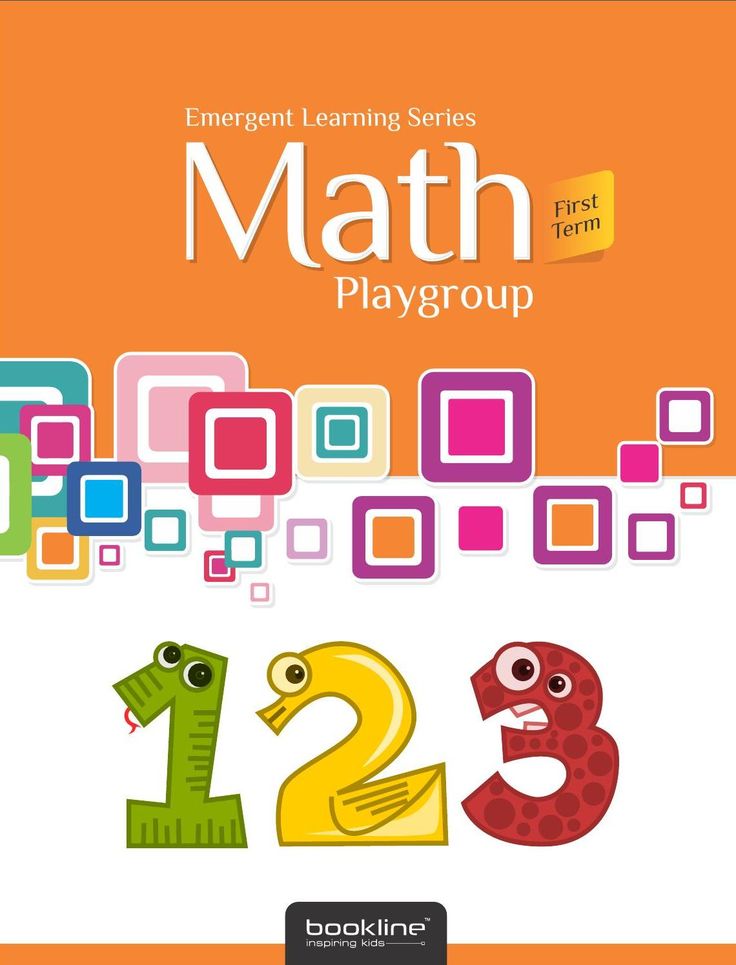
These books about colors will help your preschoolers learn color names, find the colors in our natural world, and even mix primary colors to make new hues.
Brown Bear, Brown Bear, What Do You See? By Bill Martin Jr.
A timeless classic, this math picture book for preschoolers teaches colors, animals, and encourages confidence in emerging readers. Preschoolers love to retell the story as they read each page from memory.
Pete the Cat: I Love My White Shoes by James Dean
In this color book for preschoolers, Pete’s shoes turn different colors as he steps in all kinds of things outside. This original Pete the Cat book includes a catchy song and rhyme that preschoolers love to sing as they read the story. Pete’s positive attitude throughout the story makes this color book a must-have.
Bear Sees Colors by Karma Wilson
This math picture book for preschoolers is full of bright colors and rhyming text. Join Bear as he searches through nature for some of his favorite colors.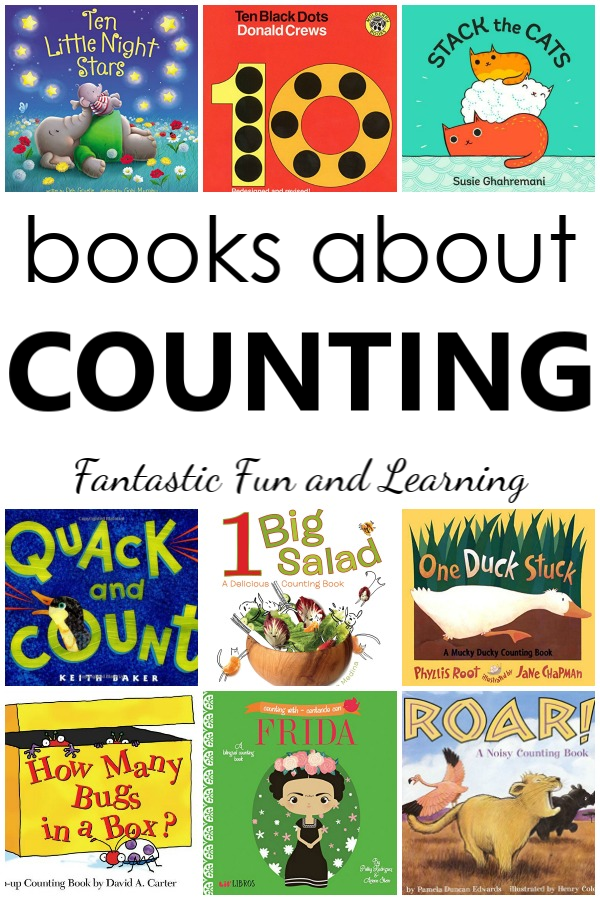 There are lots of colorful items to search for on each page that also helps build preschoolers’ vocabulary and attention to detail.
There are lots of colorful items to search for on each page that also helps build preschoolers’ vocabulary and attention to detail.
A Color of His Own by Leo Lionni
This book about colors for preschoolers follows a chameleon who is searching for a color to call his own. Elephants are gray and pigs are pink but a chameleon changes colors wherever they go. A simple story of self-confidence and acceptance with lots of colorful learning opportunities.
Green is a Chile Pepper by Roseanne Greenfield Thong
Help your preschooler learn their colors in both English and Spanish with this book about colors. With Spanish vocabulary sprinkled throughout the pages and a glossary in the back, this book emphasizes the beauty of Spanish culture and helps preschoolers build color recognition.
Planting a Rainbow by Lois Ehlert
This preschool color book plants a rainbow of gorgeous flowers! As the colorful seeds begin to sprout and blossom, young children will love seeing the rainbow of colors on display.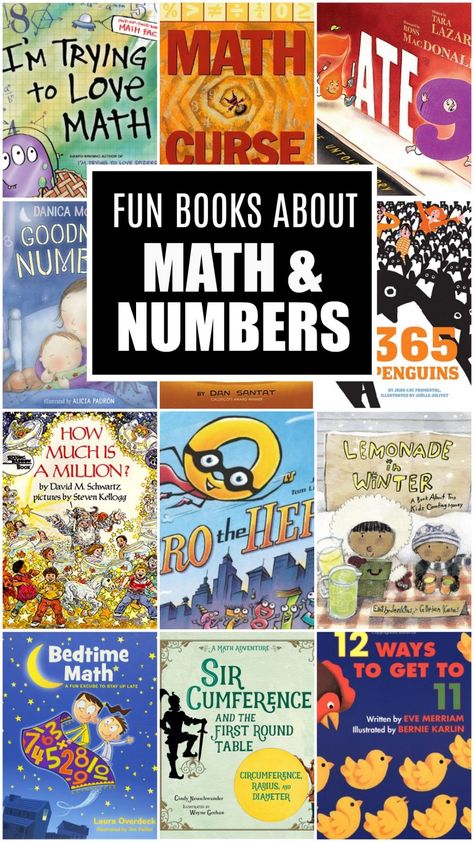 Preschoolers learn the colors of the rainbow as well as the names of many flowers.
Preschoolers learn the colors of the rainbow as well as the names of many flowers.
Color Ideas
Shape Books for PreschoolShapes are everywhere! These shape books will teach your preschoolers shape names and sides, along with important characteristics of each shape!
Round is a Tortilla by Roseanne Greenfield Thong
In this book of shapes, children learn to find shapes in the world around them. Many of the objects in this preschool math book are Latino, so this story encourages diversity and culture. With fun rhyming text, a Spanish glossary, and shapes everywhere, this book will encourage your preschool to spy shapes all around!
Tangled: A Story About Shapes by Anne Miranda
From circle to trapezoid, this shape book for kids introduces us to all sorts of shapes! The shapes get tangled up at the playground and need some help getting free. Perfect for kids who love shapes and learning something new, this book is sure to get your brain thinking.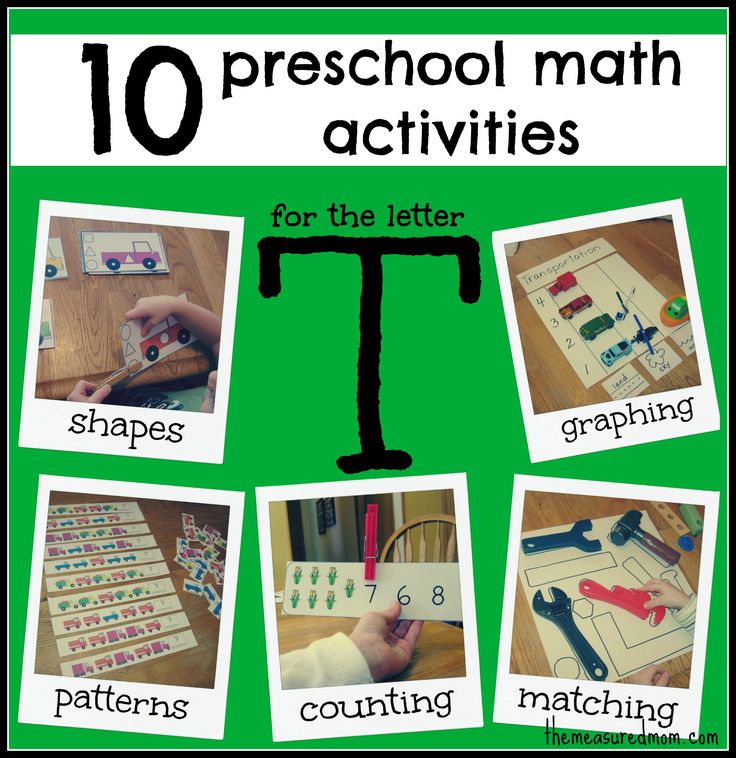
Mouse Shapes by Ellen Stoll Walsh
A clever shape story for preschoolers that ties math and art together. The mice learn how to use shapes to create pictures like a house and a tree. How can they use their knowledge of shapes to scare away the cat? They make big shape versions of themselves! It’s perfect for teaching preschoolers how to combine shapes to make new shapes and infusing creativity and art into your math lesson.
Shape by Shape by Suse MacDonald
In this math book for preschoolers, we make guesses about what animal is hiding underneath the last page. As you turn each page, die-cut shapes appear and give us clues to the animal. Each page calls attention to the shape and where we can find that shape on the animal. It’s great fun and your preschooler will have their shapes mastered in no time!
Circle, Square, Moose by Kelly Bingham
This hilarious math book about shapes is full of informative pages.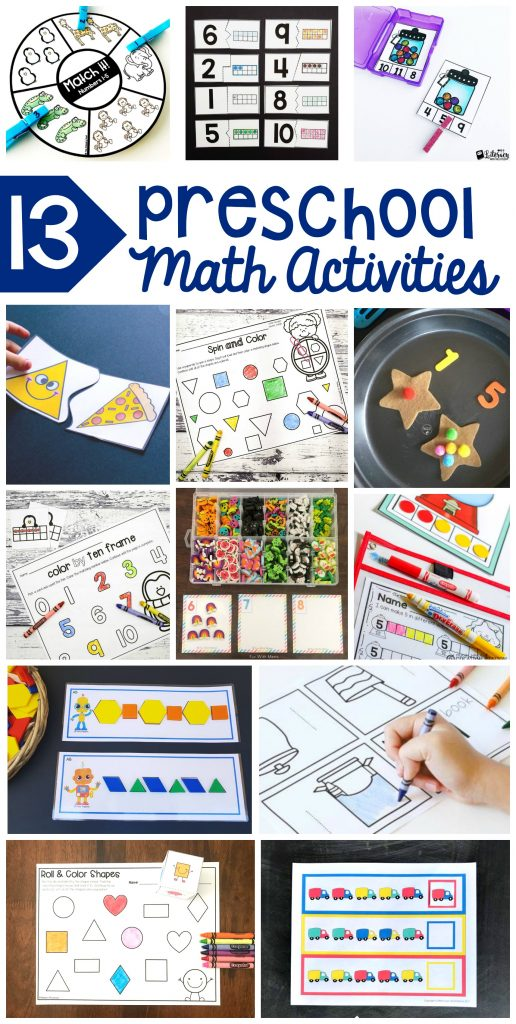 A naughty Moose and his friends try to disrupt the story with their antics. The reader must remind the animals that they are in the wrong book and they need to leave! A clever and imaginative read that has kids learning their shapes while laughing out loud the whole time.
A naughty Moose and his friends try to disrupt the story with their antics. The reader must remind the animals that they are in the wrong book and they need to leave! A clever and imaginative read that has kids learning their shapes while laughing out loud the whole time.
Patterning Activities
Books About SortingWhether you are sorting by color, shape, or size, these math sorting books for preschoolers are the perfect sorting introduction.
The Button Box by Margarette S. Reid
In this sorting book for preschoolers, a young boy discovers his grandmother’s button box. He likes to sort the buttons in many ways, by color, by texture, and by shine. He sorts them in lots of ways and models how many ways there are to sort. This book is a perfect fit for a preschool classroom and has great learning potential used alongside a tin full of buttons.
Sort It Out by Barbara Mariconda
In this math book for preschoolers, Packy the Packrat must sort out his abundant collection of toys and objects. He sorts by color, texture, shape, and purpose, and he even sorts by things that can open and close! A perfect book to extend sorting beyond color and size and an adorable read for preschoolers.
He sorts by color, texture, shape, and purpose, and he even sorts by things that can open and close! A perfect book to extend sorting beyond color and size and an adorable read for preschoolers.
Sorting at the Market by Tracey Steffora
Sorting at the market is a simple math sorting story that shows all the ways that we sort from day to day. With bright and colorful photographs, this math book for preschoolers teaches basic sorting skills and asks children to decide how they will sort the objects. Perfect for reinforcing early sorting skills!
3 Little Firefighters by Stuart J. Murphy
In this math book for preschoolers, three tiny firefighters sort through a set of miscellaneous buttons to find three sets of matching buttons to fix their costumes. They must sort quickly and find their matching buttons before they miss the big parade! An adorable preschool math book that helps children learn to sort through dramatic play and fun.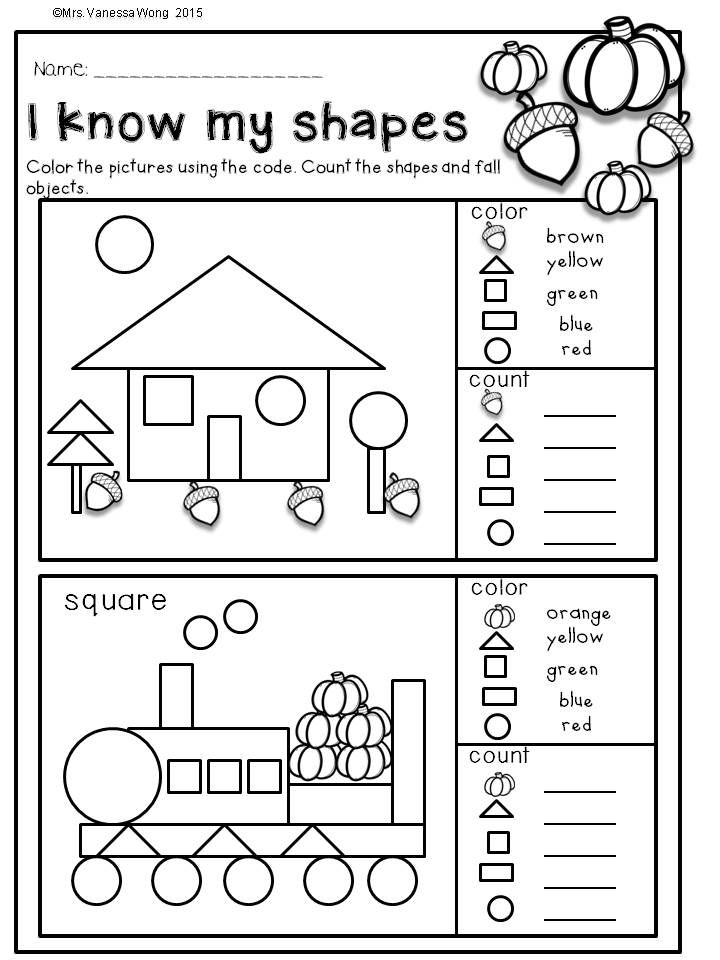
Sorting Activities
Counting BooksPicture books that infuse number sense practice opportunities help bring numbers to life. They encourage children to practice math skills without pressure or tons of materials to prep and assemble. Number sense is a critical part of preschool and kindergarten math development which includes many subskills like rote counting, one to one correspondence, and subitizing. Grab these simple counting books for your learners and watch as their mathematical world gets a little bit clearer!
For even more counting books, check out our whole counting books post!
1, 2, 3 to the Zoo by Eric Carle
The perfect book for teaching numbers to toddlers! This book counts zoo animals from 0 to 10 and visually shows the numbers on each page and adds the animals to the train as the story progresses. Beautifully illustrated in classic Eric Carle style, this wordless book is a must-have for any toddler learning their numbers.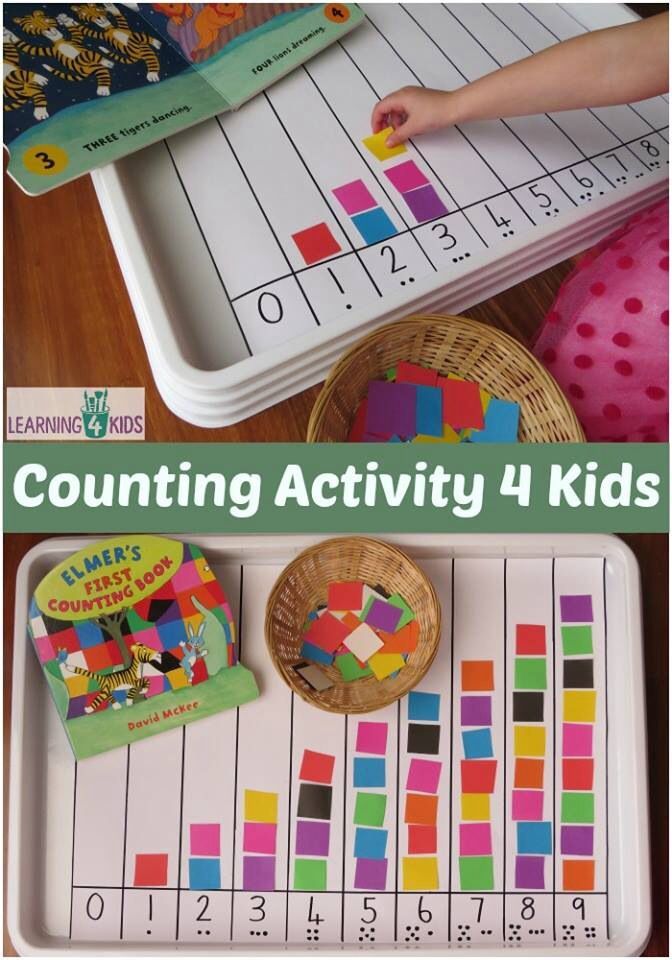
Bear Counts by Karma Wilson
In this counting book for kids, Bear teaches toddlers to count from 0 to 5 by observing nature and playing with his furry friends. A perfect introduction to teaching numbers to toddlers and it’s a book that kids absolutely adore!
Ten Black Dots by Donald Crews
In this clever counting book, children learn to use black dots to represent numbers from 0-10 in creative ways. From a sun to a seven spotted snake, these black dots can be turned into something creative and artistic with a little imagination. It’s one of the most favorite math books for preschool!
10 Little Rubber Ducks by Eric Carle
This counting book for preschoolers is based on a true story and takes on a worldwide journey via the sea. 10 little rubber ducks find themselves tossed overboard from a large ship and begin to drift away. Each page offers counting and ordinal number practice (1st, 2nd, 3rd, etc.), plus an adorable and surprising ending.
Chicka Chicka 123 by Bill Martin Jr.
This counting book is great for developing advanced counting skills for kindergarteners. Watch as the numbers from 1-20 climb to the top of the coconut tree… but there’s more! Switch to counting by tens as numbers 30 – 100 make their way up the coconut tree too! This zany story follows all the numbers back down again as the tree gets much too full! A great companion book to Chicka Chicka Boom Boom too!
Twenty Big Trucks in the Middle of the Street by Mark Lee
Counting from 1 to 20 sure is fun when you have this counting picture book full of trucks! One ice cream truck breaks down in the street creating a traffic jam of epic proportions. One clever little boy comes up with a plan to get those 19 vehicles back on the road again.
Pete the Cat and His Four Groovy Buttons by James Dean
This rocking story sure makes counting fun! Great for kindergarteners, this counting book teaches simple subtraction and counting skills. Rock along with Pete as he loses button after button but still manages to keep a smile on his face.
Rock along with Pete as he loses button after button but still manages to keep a smile on his face.
Counting Ideas
Books about MeasurementChildren learn about measurement in their day-to-day world from a young age. They learn about size, time, and weight by comparing one item to another. These measurement books for preschoolers offer a deeper look into how we can measure the world around us and why using tools to measure is important.
Me and the Measure of Things by Joan Sweeney
In this math book for preschoolers, we learn about the tools we use to measure and the words we use to describe the measure of things. Preschoolers will learn about rulers, scales, measuring cups, and spoons as they learn about how we measure in our daily lives. This book is a great introduction to a measurement unit and gives kids a relatable and fun story to enjoy.
Inch by Inch by Leo Lionni
This measurement story for kids introduces us to a small green inchworm who measures all the birds he meets as he goes about his day.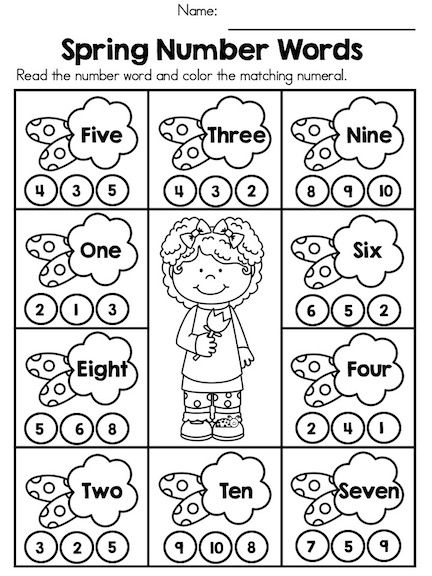 An adorable math story for preschoolers that helps children see the value in measurement and quick thinking.
An adorable math story for preschoolers that helps children see the value in measurement and quick thinking.
Super Sand Castle Saturday by Stuart J. Murphy
In this creative measurement book, three kids head to the beach and work together in a sand castle contest. Who can make the tallest tower, the deepest moat, and the longest wall? The three friends use all sorts of tools to measure their sand castles including shovels, spoons, and their own feet! This measurement story is so engaging for young readers and will have them trying their hand at measuring their sand creations.
Actual Size by Steve Jenkins
In the book, Actual Size, the animals on each page are shown in actual size. This helps preschoolers relate to the realistic size of things and use measuring tools to find out how long or how tall an animal’s teeth, hand, or body really are. This book is fascinating to young kids and with good reason, it’s as close to these intimidating animals as we’ll ever get! It’s one of the most unique math books for preschool.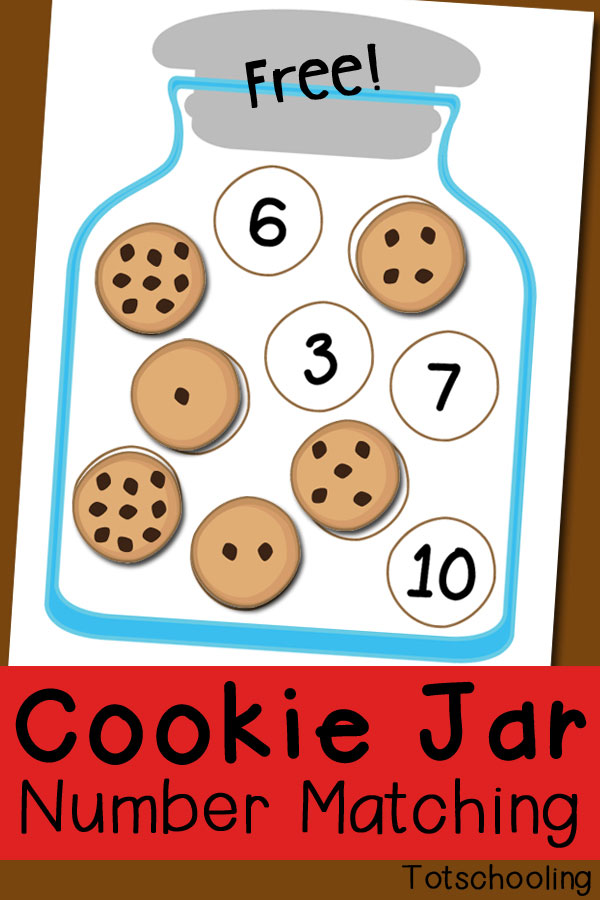
Patterning in preschool builds the foundation for harder math skills to come. These pattern books expose children to repeated patterns with colors, shapes, lines, or even sounds.
Pattern Fish by Trudy Harris
In this math patterning book, we see pattern fish of all sorts of colors and shapes. These pattern fish introduce preschoolers to a whole world of patterns! Whether we focus on the color patterns or the sound of a seahorse munching on seaweed, this pattern-focused book is a great way to incorporate gross motor movement into learning how patterns work.
Lots and Lots of Zebra Stripes by Stephen R. Swinburne
This short math book for preschoolers shares the presence of patterns in nature and beyond. Patterns can be simple or complex, but they are everywhere! Preschoolers love the interesting illustrations of animals and the outside world and will make connections to patterns in their own world.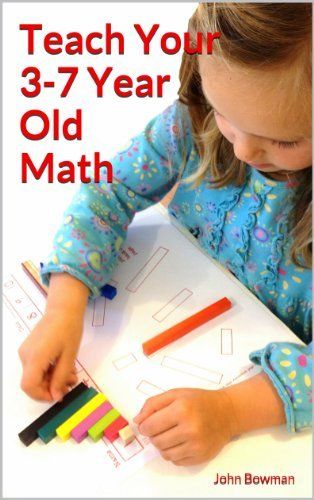
Pitter Pattern by Joyce Hesselberth
We learn that patterns are everywhere in this fun book! The rain makes a pitter, pitter, pat and the aquarium is full of patterns with all the fish in the tank. What patterns will you find in this book? An exciting introduction into the world of patterning with sound, color, and nature.
Pattern by Henry Pluckrose
In this math book for preschoolers, we find patterns in all sorts of places. With simple text and matching photographs, this book introduces patterns in a clear and easy-to-understand way. It’s a book that encourages children to go search for patterns in their own outside world!
A-B-A-B-A A Book of Pattern Play by Brian P. Cleary
Full of examples, this pattern book spotlights patterns found in shapes, colors, objects, and even numbers! With catchy rhymes and bold illustrations, this pattern book is a great introduction to the world of patterns.
Patterning Activities
We hope this incredible list of math books for preschool helps teach your kids loads of math skills through storytelling!
- Author
- Recent Posts
Lauren Vaughan
I am an educator, book enthusiast, and a stay at home momma to a precious and long-awaited little boy and girl.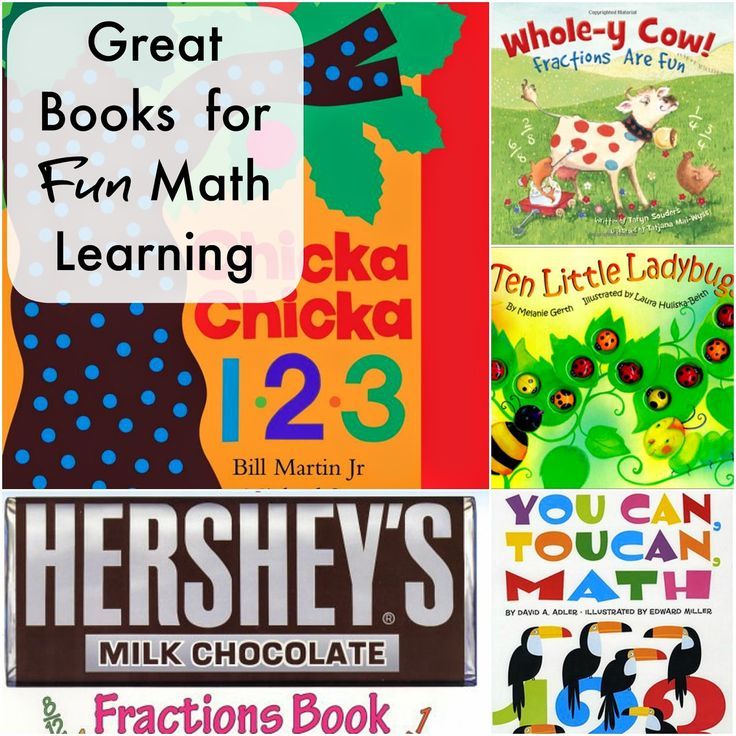 My degree is in Early Childhood Education and Curriculum and Instruction and I have spent the last 15 years working with littles. I feel very fortunate to have this time to watch my babies grow and I can’t wait to share my passion for learning and reading with you!
My degree is in Early Childhood Education and Curriculum and Instruction and I have spent the last 15 years working with littles. I feel very fortunate to have this time to watch my babies grow and I can’t wait to share my passion for learning and reading with you!
Latest posts by Lauren Vaughan (see all)
How to choose math textbooks for preschoolers
The development of logical thinking begins at a very early age. In this article, we talked about why it is important to start learning mathematics before school.
Here we will talk with you about how to choose the right textbooks and manuals for study. The foundation of further development and success in the study of the exact sciences, as well as the ability to communicate, socialize, and the ability to build logic in life depend on how learning habits are formed, as well as what materials will be used - methodological and practical.
If you come to an ordinary store, you will see a huge number of different systems, books and manuals for preschoolers, but how to choose what is really well-written and can interest any child?
Here are a few things to keep in mind when buying math books:
With the right pictures
Everyone knows that children (and not only them) are more comfortable with information that is fixed in a picture. However, there are many manuals in which there are much more pictures than necessary. Pay attention to the fact that textbooks in mathematics contain text and pictures that help memorize, without unnecessary bright illustrations;
However, there are many manuals in which there are much more pictures than necessary. Pay attention to the fact that textbooks in mathematics contain text and pictures that help memorize, without unnecessary bright illustrations;
Brain teasers and puzzles
All problems in the book should be interesting for your child's age (so that he can cope with them). We are gradually moving from real situations to abstract calculations, so it is important that at first the child can see, count in practice, and then deal with what cannot be touched or felt.
Variety of approaches
When choosing books on mathematics, be careful that different books and manuals do not "interrupt" each other. Some books differ markedly from each other. Especially when it comes to work and calculation techniques. If your child is preparing to go to school, find out in advance which program he will be studying - this will help you choose material that does not contradict the program for work.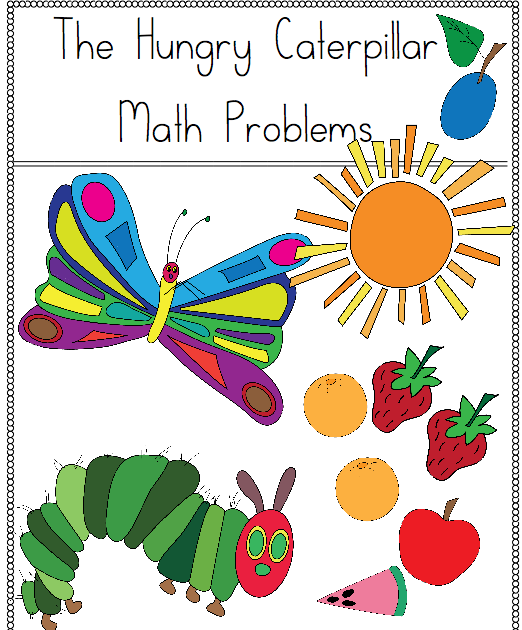
While different approaches may involve different systems, we can learn and try different things to see what works best for your child. There is nothing wrong with taking Zhenya Katz's "Mousematics" and "School of the Seven Dwarfs" at the same time, the main thing is to make sure that there are no things that are completely unrelated to each other.
Price is not a guarantee of quality
Many of the textbooks written by our teachers are excellent. However, for various reasons, they are printed in paperback and look very simple. However, that doesn't mean they are bad. And vice versa - expensive manuals will not necessarily be literate in learning. Price and quality in this case are definitely not the main things.
We understand how responsible and difficult it is to choose textbooks for children, so we have compiled our own selection of materials:
- School of the Seven Dwarfs series;
- Series Smekalochka "Mathematics and Logic";
- E.
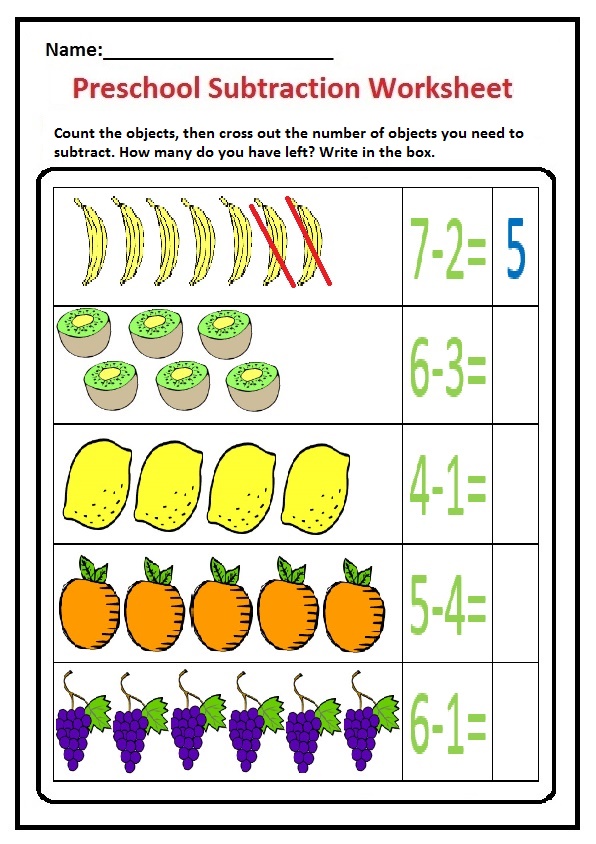 M. Katz: “Mathematics skipping. Variants of logical tasks for children 4-6 years old”, “Seasons. Logical and creative tasks for children 4-6 years old "and others;
M. Katz: “Mathematics skipping. Variants of logical tasks for children 4-6 years old”, “Seasons. Logical and creative tasks for children 4-6 years old "and others; - G. Yudin "Zanimatika". For children 4-7 years old;
- E. A. Pyankova “We play, we count, we solve problems!”;
- K. Shevelev “The Adventures of the Treugoshi: a Mathematical Fairy Tale for Children from 2 to 4 Years Old”, “Getting Ready for School. We focus on the plane. For children 5-7 years old”, “Getting ready for school. Workbook. For children 6-7 years old" and others;
- Series “Lomonosov School”: “I develop thinking. For gifted children aged 5-6”, “I develop mathematical abilities. For children 6-7 years old" and others;
- L.G. Peterson "Winter (spring, summer, autumn) mathematics", "Player-step to school".
These textbooks, manuals and workbooks will help your child get ready for school in the most interesting and easy way, especially in the first time
18 books that can make you fall in love with mathematics
“My child is a humanist! He doesn't understand math! — our blogger, Olympiad coach Yana Polyanskikh, thinks that this is a weak excuse and shares his selection of books on mathematics that will explain mathematics to anyone.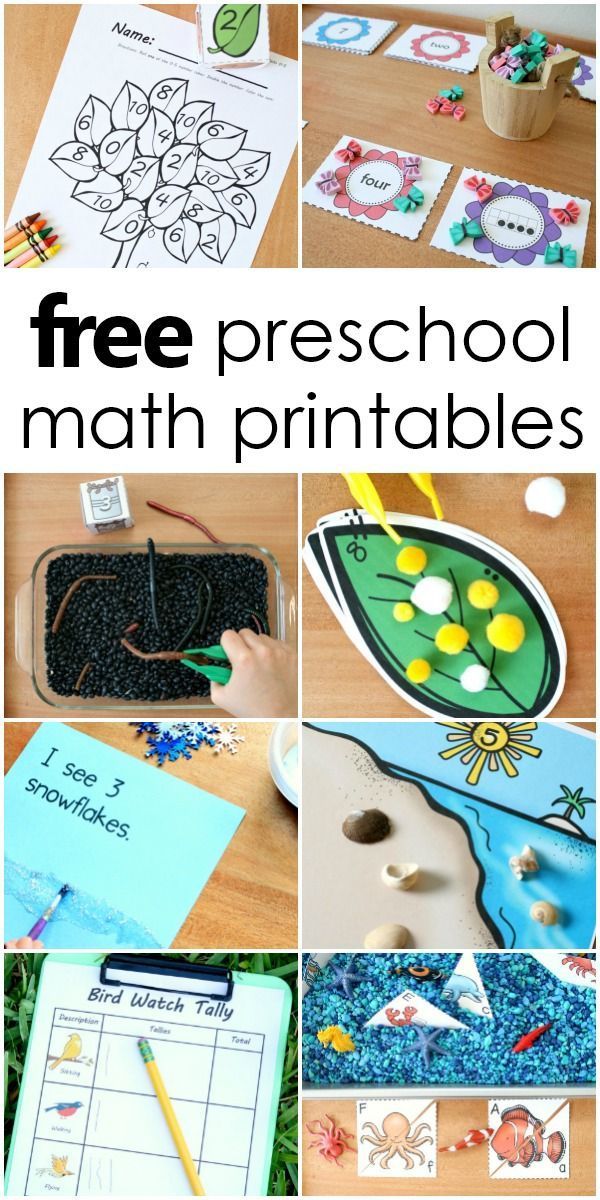
Today I will write not about textbooks, but about interesting collections of problems and books that develop interest in mathematics. I will try to build the list in chronological order: from books for the smallest to the most adults.
1. The legendary mathematical tale about Kubarik and Tomatic
It was published for the first time in 1975 and has already been reprinted many times. The new editions preserved Sapgir's magical poems and even those drawings, but they were supplemented with unusual tasks that children can solve together with their parents. Recommended for children over three years old. The book perfectly develops the sense of number, teaches to compare different values and characteristics, to navigate in time and space. I would advise you to start working with the book before the child learns to count everything around, this unusual mathematical story is much deeper than just a fairy tale. This is the basis of logical thinking, and not memorizing the score and not solving examples for speed. This book is about the same mathematical approach to solving problems, about analysis and conclusions. Don't pass by!
This book is about the same mathematical approach to solving problems, about analysis and conclusions. Don't pass by!
2. "Journey through the country of Geometry" by Zhitomirsky and Shevrin
Also 1975. The book includes two: the famous geometry for kids and the sequel. I would recommend from the age of five. Here, the tasks and the story are not about numbers, but about the space that surrounds us. The first geometric concepts are introduced, the basis for orientation in space is laid, the child learns to see and analyze geometric images around him, measure and compare values, and gets acquainted with symmetry. The authors offer many research tasks for building, designing, observing, the tasks are quite suitable for preschool and primary school age, and the format of the fascinating story unfolding in the book will not leave anyone aside.
3. “Tales of the Land of Mathematics” by Soboleva and Agafonov
Mathematics seems too serious for younger schoolchildren: “2+2=4, and finally remember it!”, “Hold the ruler with your left hand, press it tight!”, “On there were five sweets on the table . .. "-" And chocolate candies? - "Chocolate". Give children back their fantasy and imagination in mathematics! Let me come up with tasks myself, fill in the missing data, let me think more broadly. "Tales of the Country of Mathematics" will help with this. Here the child will unobtrusively and easily get acquainted with integer and fractional numbers, with an unusual zero, but be close and be ready to answer questions and cut fractions.
.. "-" And chocolate candies? - "Chocolate". Give children back their fantasy and imagination in mathematics! Let me come up with tasks myself, fill in the missing data, let me think more broadly. "Tales of the Country of Mathematics" will help with this. Here the child will unobtrusively and easily get acquainted with integer and fractional numbers, with an unusual zero, but be close and be ready to answer questions and cut fractions.
4. "Kids and Mathematics" by Zvonkin
In fact, this is a story about his experience of creating a mathematical circle, there is quite a lot of psychology and pedagogy, methodological methods for explaining various mathematical concepts. The book is not for children, but for teachers and parents. An excellent source of ideas on how to explain exact science to a preschooler in the form of a game and real scientific research. Can you tell a four-year-old child the theory of probability?
5. Zavriki book series by Zhenya Katz
I'm sure you know them and use them even without me.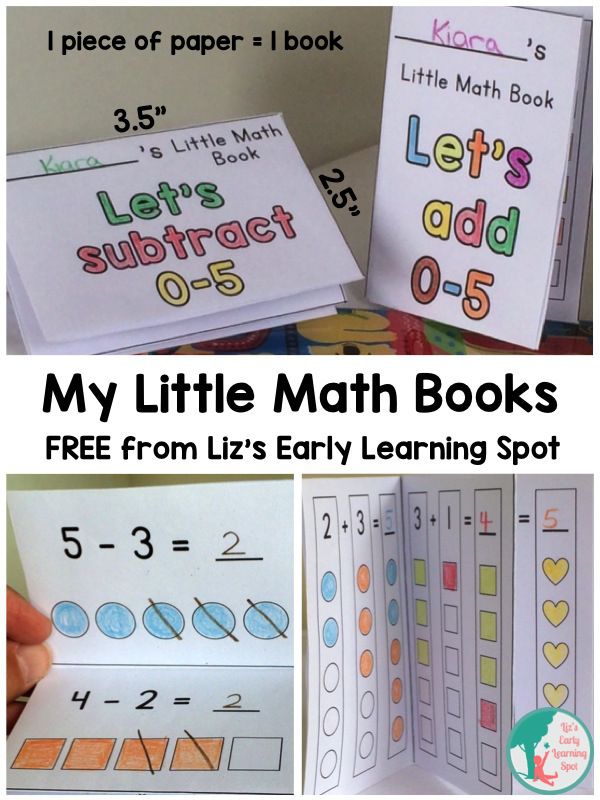 If you are not using it yet, then this is just a must have for any specialist working with such a wonderful age. Unusual game tasks that form a sense of number, the first mathematical concepts, fine motor skills and attentiveness.
If you are not using it yet, then this is just a must have for any specialist working with such a wonderful age. Unusual game tasks that form a sense of number, the first mathematical concepts, fine motor skills and attentiveness.
6. Lyovshin's cycle of fairy tales
"Three days in Dwarf", "Seekers of unusual autographs", "Captain Unity's frigate", "Table of finds of lost numbers", "In the labyrinth of numbers", "Black mask from Al-Jebra" "and" Master of scattered sciences. The first book is for primary school age, the second and beyond is for slightly older or mathematically advanced students. These books are about science in general, mathematics, philology, astronomy, physics are intertwined here. The history of mathematics is wonderfully told, ancient methods of counting, unusual numbers are recalled, terrible adult concepts of the root, minimum-maximum, integral are easily and naturally introduced, the secrets of mathematical tricks are comprehended. As for me, the books are desperately lacking in tasks, so I would recommend combining it with a cute problem book.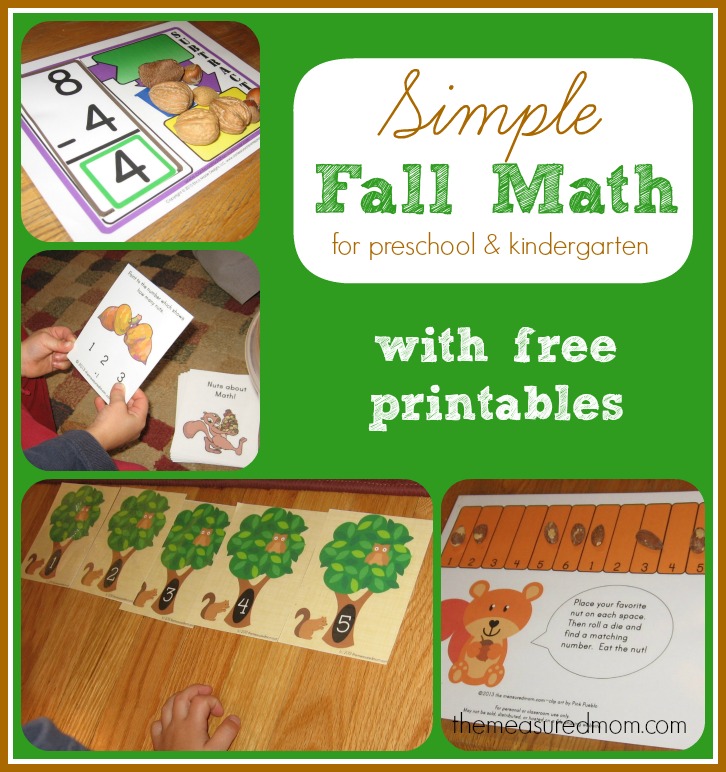
7. "Archimedean Summer, or the History of the Commonwealth of Young Mathematicians" by Sergei Bobrov
A full-fledged art publication, the history of which is woven with mathematical puzzles and mysteries, solutions to the mysteries of nature, over which ancient people struggled for many years. Two books: one for primary school age, the second for older children, which will introduce you to roots, quadratic equations, geometric concepts, the laws of physics and astronomy. I especially enjoy stories about famous mathematicians in it. "Archimedean Summer" I would recommend to mathematically literate schoolchildren who are interested in the exact sciences.
8. Gardner's Famous Mathematical Puzzles, Miracles and Mysteries
I work with this book myself to develop motivation in schoolchildren. I put three objects on the table, turn away, ask the students to take one for themselves, and then take as many sticks as I say. Then I turn around and absolutely guess who took what item.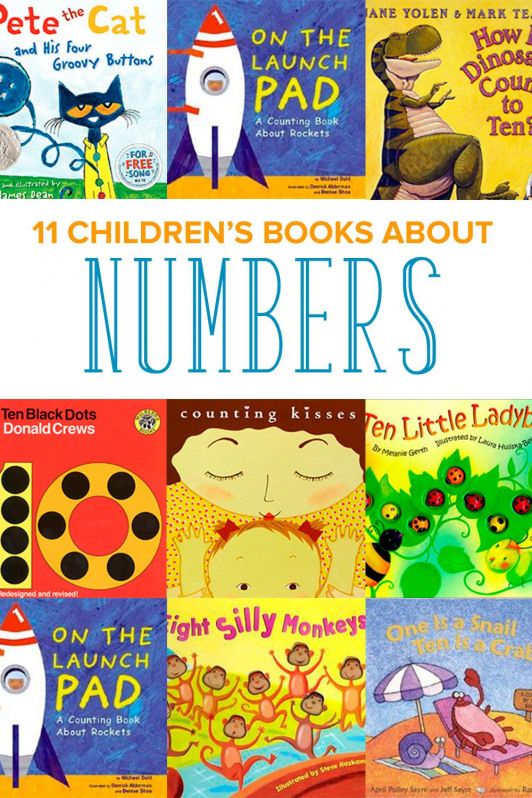 At first, children do not understand: “But how?!” From the second time, they finally begin to be interested in the sticks left on the table and what role they play. By analyzing the focus together, we work out both the skills of mental counting, and memory, and attention. There are hundreds of such tricks in the book. With cards, cubes, clocks, Mobius strip and spatial geometry, with visual illusions and much more. Show your child a miracle and say that its solution lies in mathematics!
At first, children do not understand: “But how?!” From the second time, they finally begin to be interested in the sticks left on the table and what role they play. By analyzing the focus together, we work out both the skills of mental counting, and memory, and attention. There are hundreds of such tricks in the book. With cards, cubes, clocks, Mobius strip and spatial geometry, with visual illusions and much more. Show your child a miracle and say that its solution lies in mathematics!
9. Professor Jigsaw Puzzles
The author of the book offers various tasks and games related to creativity (unusual drawing techniques, working with paper, wood and cardboard, a toy workshop), as well as a brilliant selection of mathematical tricks and jokes, riddles and puzzles. There are different tasks in the book - easy and difficult. Adults can (and should) be involved in complex ones, because many of us have forgotten the last time we cut something out of cardboard, especially if this something is a blank for a shadow theater.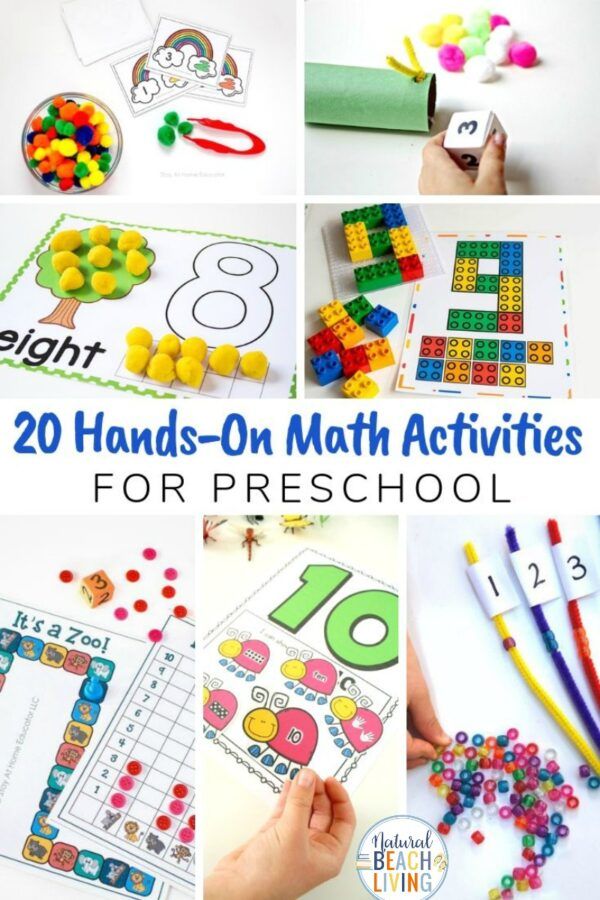 Of course, it is much easier to give a child an iPad with the game turned on, but you yourself understand everything.
Of course, it is much easier to give a child an iPad with the game turned on, but you yourself understand everything.
10. "Sea of Wonders and other games on paper"
This is my love for group and individual lessons. An ideal math warm-up for five minutes and a great break for those who are tired of solving logarithmic inequalities. A huge collection of games in which it is important to find a winning strategy, think ahead, turn on your imagination and win. Sometimes a roommate, sometimes me. Ten positional games, ten types of naval combat and games similar to it in mechanics, games with numbers and numbers, with letters and words, drawing games, games and puzzles on a chessboard. All you need is a pen, paper, a partner, and a bit of mathematical thinking.
11. “What is the name of this book?”
Oh, that's exactly what it's called! And as you may have guessed, this is the largest collection of logical problems. On the pages of the book you will face the problems of Knights, Liars and Cunning, Alice from Wonderland and even the legendary vampire Count Dracula.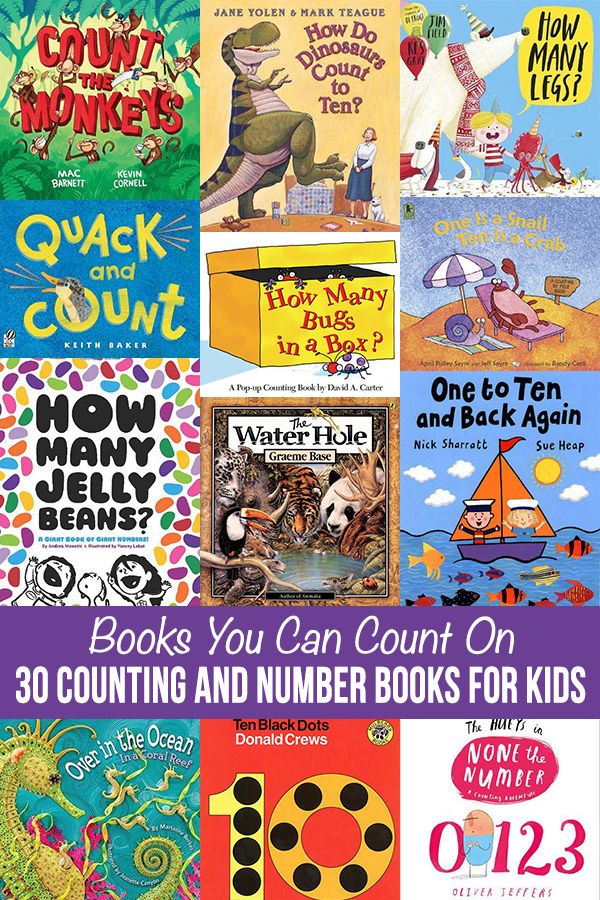 Finding someone who lies and not getting confused in their own thoughts is a very difficult task. It seems that you already understood everything ... or did not understand. A chic book for those who want to learn how to reason, draw conclusions and think rationally. There is not a single mathematical operation or number in it, because it is counting that scares many of us. But, you know, it would be better if there were numbers.
Finding someone who lies and not getting confused in their own thoughts is a very difficult task. It seems that you already understood everything ... or did not understand. A chic book for those who want to learn how to reason, draw conclusions and think rationally. There is not a single mathematical operation or number in it, because it is counting that scares many of us. But, you know, it would be better if there were numbers.
12. Spivak's "Mathematical Circle"
A book that makes it possible to think. As the author himself writes, and I completely agree with him, “the myth of people with a non-mathematical, humanitarian mindset was invented to justify those who missed some important place (for example, did not understand what a percentage or a fraction is) and all the remaining school sits in the classroom for years, not understanding what they are doing there. And that's where they do it! This problem book will help show children the beauty of mathematics. I especially love cutting problems from here (by the way, if your child also loves this type of problem, then there is a separate collection of "Cutting Tasks" by Ekimova and Kukin), crossings, transfusions, placement of signs and brackets, arithmetic mean, mathematical games, examples and constructions, combinatorics and trees (graphs). Some of the tasks are given solutions and instructions at the end of the book. I also enjoy the epigraphs for each chapter.
13. Fairy Tales and Tips. Tasks for a mathematical circle "Kozlova
Dear parents, the book will be liked by the fact that for each problem from this book there is a hint (a leading question or idea to tell the child in the ear), a complete solution (if suddenly everyone is at an impasse) and short answer to check. For teachers, the book provides an approximate distribution of tasks by class, comments on each task, and distribution by topic.
14. "Problem Book of the Small Mechanics and Mathematics Department of Moscow State University: Mathematical Circle" Korobitsyn
An excellent collection for students in grades 4-6, although I like to give part of the problems to applicants, and sometimes I play around with students. The book is published in the format of thematic leaflets: the Dirichlet principle, combinatorics, geometric constructions, the principle of the extreme, and so on. Answers and instructions for the solution are given for each sheet. The tasks in the worksheets are designed in such a way that they start with simple ones that clearly show the principle of mathematics in these tasks, and end up with rather complex ones. So the level can vary depending on the child and the situation. The book is an excellent preparation for entering specialized schools, since the main chapters of Olympiad mathematics are dealt with there.
15. "Invitation to the Math Festival" Yashchenko
As you remember from the post about the Olympiad, the Mathematical Festival is the most massive, most anticipated and cutest Mathematical Olympiad for sixth-seventh grades. This book contains the problems of the Olympiad from 1990 to 2008, recommendations and answers are given for almost each.
16.
To prepare for more serious competitions, I recommend this site. Heaps of tasks are collected there by topics and classes, solutions and tips are given to all.
17. What is mathematics? Courant & Robbins
A non-fiction book for high school students, math-savvy kids, and adults who still don't understand limits. The idea of the book is to bridge the gap between dry school and university mathematics and real science. To show clearly how and where number theory, functions, integrals and derivatives, differential equations and all the same rigor, from which the eyes are rounded in panic horror, are used.
18. Arnold's Mathematical Understanding of Nature
For those who realize that mathematics is the science of everything. The book perfectly links physics, chemistry, biology, astronomy and mathematics together, talks about mathematical methods that are tried on in other sciences, and comprehends the secrets of the universe.

